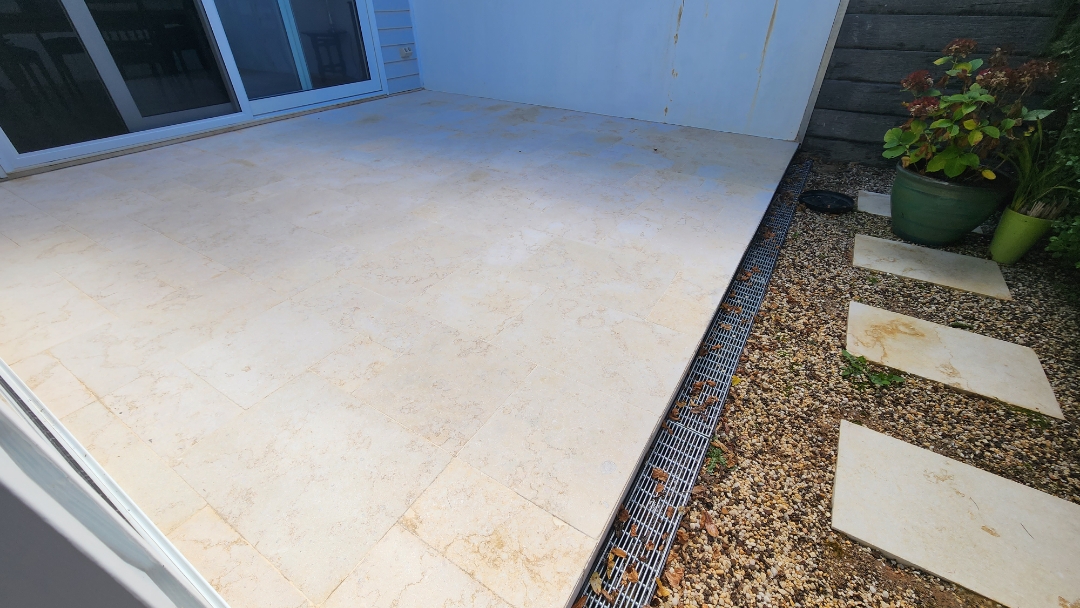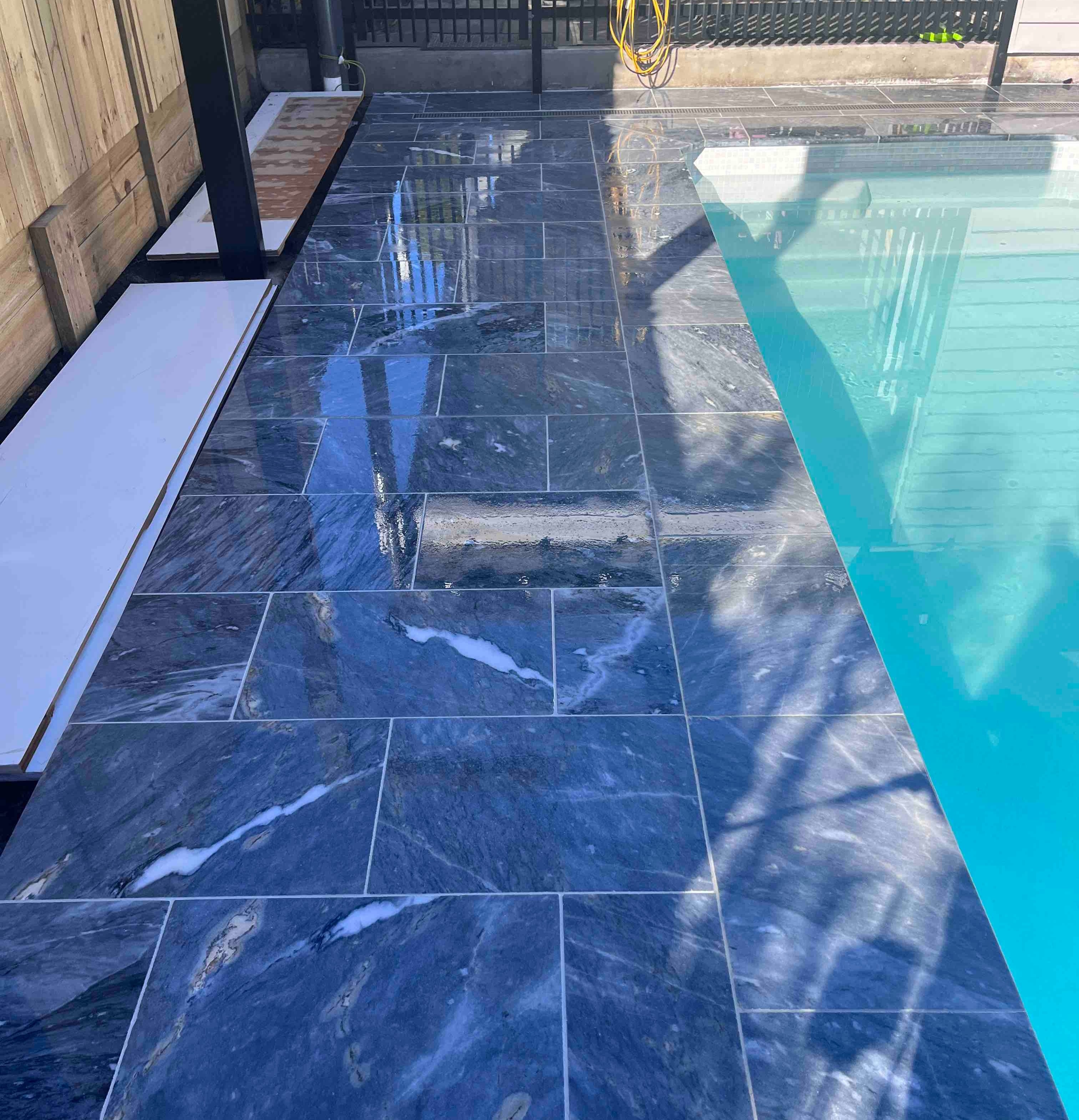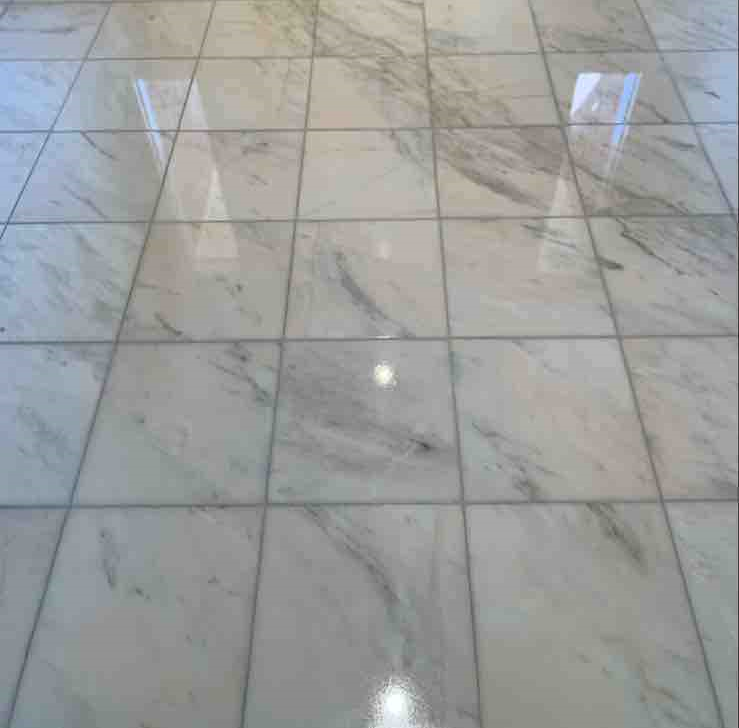- Slate Sealer
- Penetrating Slate Sealer
- Outdoor Slate Sealer
- Non Slip Sealer for Slate
- Long Lasting Slate Sealer
- Impregnating Slate Sealer
- Breathable Slate Sealer
- Best Slate Sealer
- Sealing Slate Pavers
- Sealing Slate around Pool
- Sealing Slate Kitchens
- Sealing Slate Bathrooms
- Sealing Slate Showers
- Sealing Slate Benchtops
- Protecting against Acid Attack
- Protecting against Salt Attack
- Protecting against Efflorescence
- Why Slate?
- What is Slate?
- What is Efflorescence?
- Maintenance & Care
- Slate Stains Removal
- Efflorescence Removal
- Slate Available Finishes
Frequently Asked Questions
+
How to Remove Acidic (Etch) Marks from Slate Tiles:
To eliminate etch marks, buffing with a series of sanding pads is required. After removing the stains, seal your Slate with an impregnating sealer.
+
Can I use any cleaning solution on Slate?
?
No, it's not recommended to use any cleaning solution for Slate. Slatestone is sensitive to acids and requires specific pH-neutral cleaning solutions designed for slatestone. Always conduct a test on a small, inconspicuous area before using any cleaning products.
+
Are fumes from sealers dangerous to inhale during application?
It's safer to opt for water-based products, especially when working indoors or in poorly ventilated areas. Solvent-based sealers pose a significant fire hazard, and the fumes can be hazardous to health and property.
+
How long will a slatestone sealer last?
The durability of a sealer depends on exposure conditions and the maintenance of the slatestone surface. Generally, higher-quality sealers offer better long-term performance. Penetrating sealers typically provide the longest-lasting protection and can endure for up to 15 years before requiring reapplication. In contrast, most topical sealers often need to be stripped and reapplied more frequently.
+
What is a sealer?
A sealer is a protective coating applied to slatestone and other materials to prevent contaminants from penetrating and causing deterioration. Unsealed slatestone is susceptible to immediate staining and permanent damage. There are two types of slatestone sealers: penetrating and topical.
+
How do impregnators work?
Impregnators, also known as penetrating sealers, penetrate beneath the surface of slatestone and protect from within. They do not leave a visible coating or film on the surface. Impregnators function by reducing the pore size of the stone, filling these pores with a resin. The resins are small enough to not block the pores, allowing the stone to still permit vapor to pass through.
+
Why is breathability necessary?
It is essential for all stone, including slatestone, to be allowed to release vapor and "breathe." If the pores of slatestone are completely blocked, vapor will condense within the stone, leading to saturation with moisture. Excess moisture can result in various issues. Additionally, moisture may carry soluble salts, which can cause efflorescence when deposited on the surface of the stone. If these salts cannot escape to the surface, they will accumulate in the pores of the stone, leading to deterioration.
+
Why is breathability necessary?
It is essential for all stone, including slatestone, to be allowed to release vapor and "breathe." If the pores of slatestone are completely blocked, vapor will condense within the stone, leading to saturation with moisture. Excess moisture can result in various issues. Additionally, moisture may carry soluble salts, which can cause efflorescence when deposited on the surface of the stone. If these salts cannot escape to the surface, they will accumulate in the pores of the stone, leading to deterioration.
+
Do impregnators sometimes have problems?
Issues with impregnators often stem from misapplication. If the impregnator is not properly removed from the surface of the slatestone and excess is left behind, it can cause the stone to become sticky and require removal. Additionally, solvent-based impregnators may react with certain materials, leading to cloudiness or discoloration. Furthermore, if the slatestone is wet, many impregnators may not penetrate effectively, resulting in suboptimal performance.
+
How often should an impregnator be applied?
The frequency of application depends on the type and usage of the slatestone. Lower-quality sealers may require reapplication every few years. A transparent penetrating sealer typically has a life expectancy of up to 10 years, while a GOLD sealer can last for up to 15 years.
+
Are sealers UV resistant?
The UV resistance of sealers varies depending on the type. When sealing outdoor areas, it's important to use a UV resistant sealer that preserves the slip resistance and does not alter the slatestone. Penetrating sealers are typically UV resistant and maintain slip resistance.
+
I have had a natural stone floor installed in my house, how do I look after it?
Almost all natural stone floors will exhibit some surface wear over time. A quality slatestone floor sealer will significantly help protect the surface from spills and staining. It's advisable to establish an annual floor maintenance schedule with a professional natural stone floor cleaning company.
+
Can I apply a sealer to my slatestone floor myself?
While it is possible to apply a sealer or impregnator to your slatestone, it is highly recommended to enlist the services of a professional stone floor sealing company. They possess the necessary equipment and expertise to ensure proper application. An improperly sealed surface can significantly impact the appearance of your slatestone, and it's crucial to ensure the floor is thoroughly clean and free of residue and dust before sealing.
+
What should I do with stains and spills?
Immediately blot spills to prevent any permanent damage. Use a damp cloth to wipe away spills from water-based substances such as tea or coffee, and avoid rubbing the spillage. For stains, consider using a poultice to draw out the stain. However, this process can be time-consuming and is best left to the experts to handle.
+
How can I tell whether the stone has a stain or an etch mark?
A spot that appears dark and shaded is likely a stain, whereas an etch mark will appear dull with a rich haze to it.
+
I've had a slatestone floor installed and now there are dull spots over it. What is causing this and how can I get rid of them?
This is commonly referred to as etching. Etching occurs when the surface of slatestone is corroded, resulting in rough, dull marks. Mild etching feels smooth and can be removed with a polishing powder. However, if the etching is more severe, you will need to contact a natural stone restoration professional like
StoneMaster.
+
I have removed a carpet to discover a slatestone floor. Can it be refurbished?
Yes. You will need the services of a natural stone restoration professional to restore the floor to its former beauty.
+
What is acid etching and how can I protect my slatestone against it?
Any acidic substance can harm your slatestone tiles, causing them to be etched or corroded easily. Sealing against acid attack is challenging due to the nature of slatestone. The best way to protect your slatestone tiles from acid attack is to promptly seal and clean spills. The high porosity of slatestone makes sealing essential to provide protection against future acid attacks and liquid spillage.






